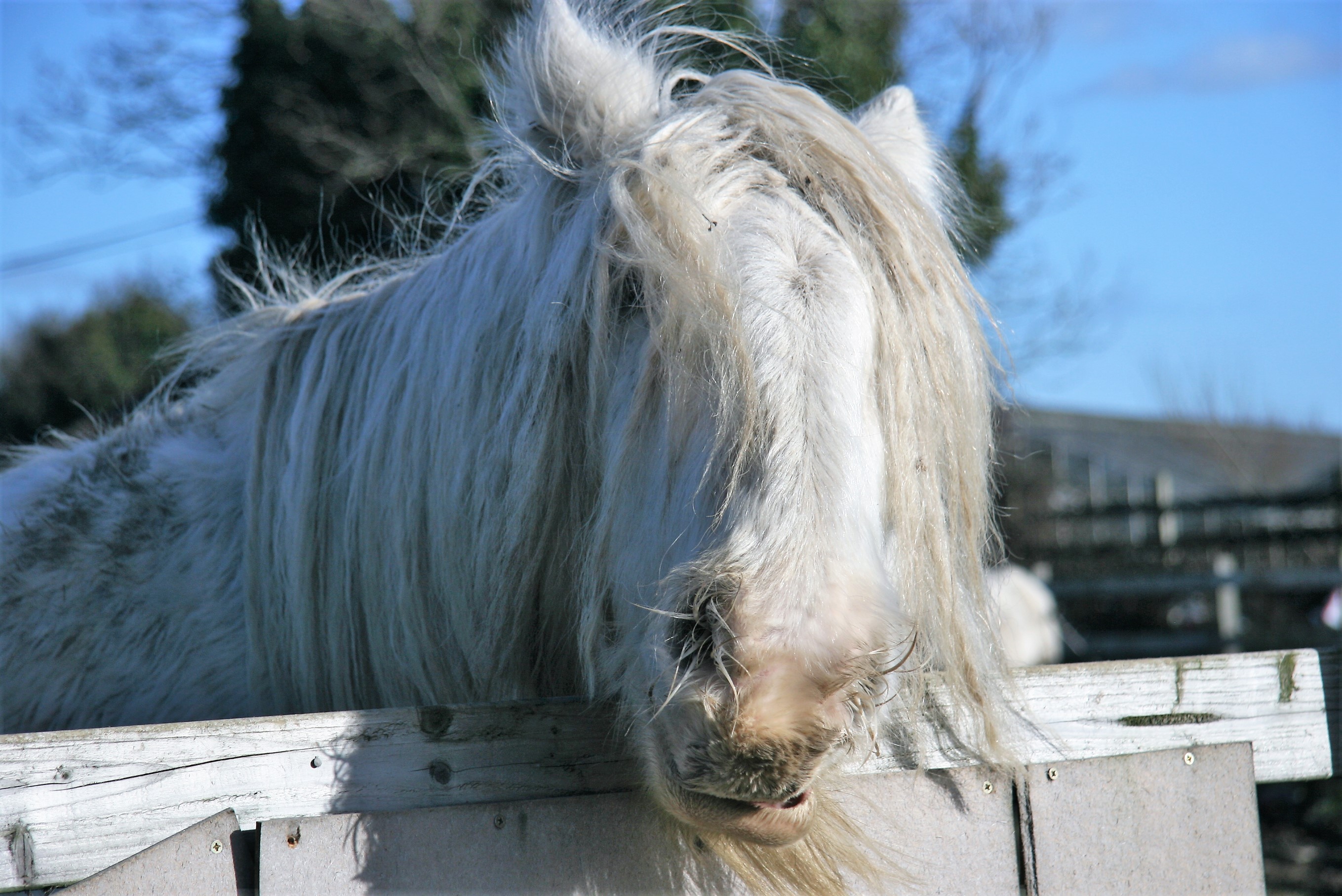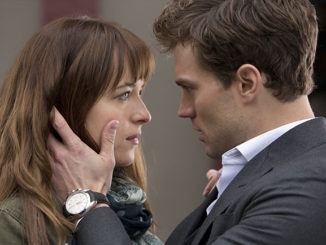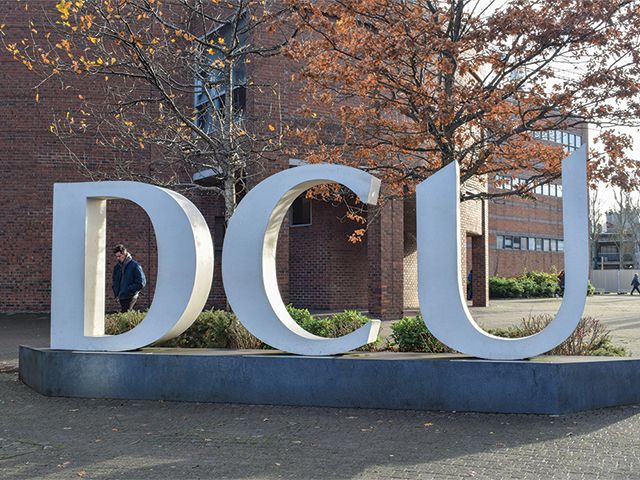
[dropcap]O[/dropcap]ssie was the most handsome traveller that ever lived and the princess told him that he was too handsome to ever grow old. She took him away over the sea to the Land of Eternal Youth. And there they stayed for a thousand years (from Into the West).
Dublin in the early 1990s, was an emergent city, finding its feet, and looking for a route out of misery and recession.
Those who had financial security feared the ever shifting tides. Those who did not, scraped out an existence to make ends meet.
The roar of a tiger, mythical, or Celtic had yet to be felt.
While the release of the 1992 movie ‘Into the west’, showcasing the journey of two young boys and their horse, Tir na nOg, may not have shattered cinematic history, some suggest it gave credence to urban cowboys, and the implosion of wild horses, dotting the landscapes of many deprived Irish cities.
In a 1997, opinion piece for the Independent, Fintan O Toole said: “In colloquial speech, horse is another word for heroin. And in the bleak outer suburbs of Dublin, horses are a substitute for heroin, an alternative source of cheap thrills for bored, alienated kids.”
Horses grazing on community greens, ridden bareback on main streets, or racing in large groups carrying unfettered youngsters, became not just accepted, but at some levels commonplace.
House or flat, caravan or tent, the ability of the owner to have a place to hitch a horse was not a deterrent to owning one.
At this point in history, Ireland boasted the highest ownership of horses per head of capita across Europe; so many of those horses were enduring horrific conditions, very few were tended by vets, and fewer still were getting the care required.
While smoking in cars, in bars, in workplaces was still very much a thing, and the internet had yet to offer social networking for those looking for new addictions, drug abuse and drug related crime was at endemic rates around many larger cities.

The Wild Horses
And so, a sub culture of likeminded youngsters became a norm of sorts, the ownership of a horse; symbolic of their ability to rise above the poverty of their surroundings.
For so many of the young horse owners, ownership came with a single goal, the thrill of the ride, the race to pit the ability of one animal against another.
Horses and horse related accidents stopped being new news, and the ISPCA and other horse welfare organisations found themselves inundated with reports of lose horses, straying horses, abused horses, or dead horses.
Government, under the office of the Department of Agriculture, later to be Agriculture, Food and the Marine, (DAFM) designated responsibility for the control of horses to each council area. Implementation took a number of years for Councils to complete, and now, according to a Dublin City council representative the issue with unlicensed horses in areas which have not been designated is under control.
People living in areas where horses still stray beg to differ, with one Darndale resident saying: “It’s not as bad as it was years ago – but there are horses across the main N2 road, at Darndale, and they are in bits. They are kept on ropes but you can see some of them are just going mad walking around in circles”.
According to The Control of Horses Bye Laws (2010) “Horses seized for offences under the Control of Horses Act 1996 or Dublin City Council’s Control of Horses Bye laws 2010 are transported to the City Council’s officially designated pound. A detailed description of the horse is taken, and it is also scanned for a microchip. The vet issues any treatment deemed necessary. If the horse does not have a microchip, one is inserted”.
However, Dublin City council representative Marie Mc Cauley noted that most horses are not reclaimed by the owners: “[They] can’t or won’t pay the fine. If we can’t determine who owns the horse, or if the fine is not paid, the horse is sent to the pound, and ultimately the horse will be destroyed and sent to the knackery.”

Buy and sell pages, predominantly run through Facebook and other online sites, offer swaps of a horse for a quad bike. Or posts from predominantly young boys and men asking for: “Anything cheap going – have €50.”
The cost to licence a horse is €31.74, so the additional cost for that and money to lay away for vet bills, cover, bridle, shoes, also needs to be applied. However, as so many in the business of trying to rehome or rescue horses are quick to note – not all unlicensed horses are uncared for, but most stray horses that come into rescue have suffered, at best a lack of care, or at worst have suffered animal cruelty.
The current cost of reclaiming a horse is €700 per horse plus an additional €20 per night per horse for horses held over and above the statutory seven day period.
My Lovely Horse
My Lovely Horse Rescue, (MLHR) a voluntary group says the problem with fly-grazing (horses being left on public land without safe or correct provisions) has not gone away.
They see cases of animal neglect far too often: “We regularly get calls from all around the city, horses will be hidden in gardens, in make shift stables, so they are not always easy to spot. Owners simply don’t understand or are not aware of the dietary/veterinary/dental care required by horses and in some cases, we believe it could also be that owners or keepers are not prepared to cover the costs for same when they arise, or not expect such costs.”
The number of horse licences issued last year for Dublin City council was only 15, and, the council notes they “unfortunately have no way of knowing how many [Horses] are unlicensed.”
The Control of Horses Act 1996 was introduced to address the risks posed to the public by stray and abandoned horses.
According to the legislation, local authorities have responsibility for implementing the act, and the Minister for Agriculture may provide financial assistance to the local authorities towards expenses incurred in control of horse activities.
In 2016 the Department of Agriculture, Food and the Marine provided funding of €725,000 to local authorities towards expenses incurred by them under the Act. The Department continues to engage with local authorities on an ongoing basis in an effort to achieve savings and efficiencies in operation of the Act.
Dublin City Council received €59,825 for their expenditure for the recovery, or destruction of horses.
They seized 193 horses, three of which were reclaimed by owners. The council re-homed 12 and euthanized 176. A total of 91.2 per cent of horse seized were euthanized, by Dublin City Council alone.
The DAFM also says the funds are towards community, leadership and education in responsible horse ownership for young people.
South Dublin County council were not in a position to say how many horses had been licenced through them for the year 2017, however, their DAFM funding was €103,625. They seized 266 horses, just three of which were reclaimed by owners. They re-homed 12 and euthanized 251 animals.

The problems do not lie in the responsible horse owners, though there are many who would argue that in order to be responsible the cost of looking after the animal, the facilities and the appropriate accommodation for the animal must first be met.
The problem lies in the amount of young people purchasing a horse, using it for a short period of time, swapping it for something else, and in many cases abandoning the animal.
Licence applicants must satisfy the local authority of fitness: “to keep a horse and that the horse will be properly maintained and stabled. If a person under 16 owns a horse, the head of the household in which they live is considered to be the owner, as horses may not be sold to anyone under 16 years of age”.
A scroll through Facebook pages will categorically determine that many of the horse owners, who take these horses on roads, are not over the age of 16.
Anyone permitted to have a horse in a public place must ensure that it is wearing a bridle and is under adequate control. It is illegal to allow a horse to graze, feed, stray or remain in a public place without the consent of the local authority.
The seizure and removal of horses is contracted out from each council, and there are apparently new tenders in place for a new seizure company. The location of the horse pound is shrouded in mystery, the councils say due to fear for employee protection, however, a pound that does not have transparency seems at odds with the funding the control of horse’s legislation receives.
The issue is not just Dublin-centric, according to the Irish Field; of 1,177 horses and ponies seized in the State in 2017 only a fraction – less than 10 per cent – were reclaimed by their owners. The cost to local authorities and the DAFM, to deal with unwanted horses and ponies seized under the Control of Horses Act stands at €4.5m from 2014-2017.
MLH has called for: “Enforcement of equine ID laws and proactive and speedily enforcement to deter owners from FlyGrazing,”
Minister Michael Creed, who did not comment when contacted, previously noted, in an interview with The Irish Field: “Even one case of animal cruelty is one too many.”
For those that have encountered horses straying, they know all too well the dangers posed by a terrified horse running through traffic.
And, the fact remains: “They shoot horses, don’t they?”



